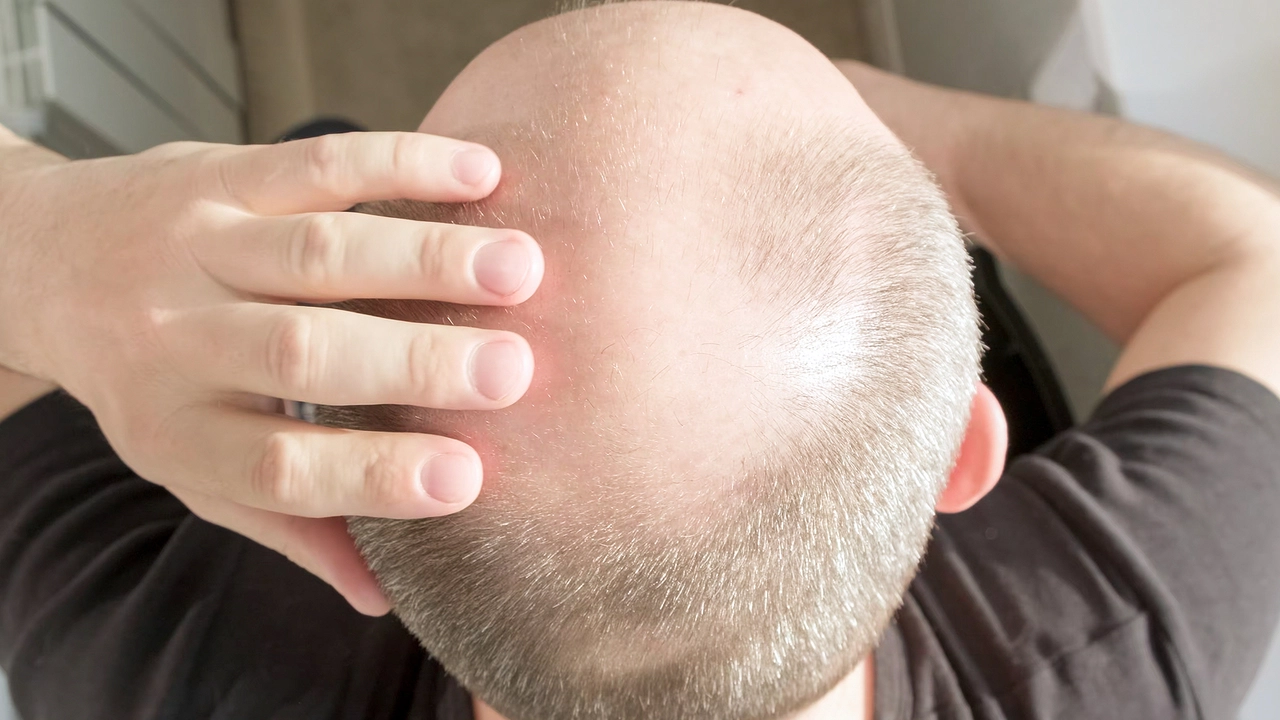Bimatoprost: What It Is, How It Works, and Safe Use
Bimatoprost is a prescription eye drop most people know for two reasons: lowering eye pressure in glaucoma and making eyelashes longer. It belongs to a group called prostaglandin analogues, which help fluid drain out of the eye and keep the pressure down. Lower pressure means less chance of damage to the optic nerve, which is why doctors use it for open‑angle glaucoma and ocular hypertension.
At the same time, the same chemical can stimulate hair growth on the eyelid margin. That’s why a lower‑strength version called Latisse is sold for cosmetic use. So whether you’re looking at a glaucoma diagnosis or want fuller lashes, Bimatoprost can be the answer – but you need to know the basics before you start.
Common Uses of Bimatoprost
When a doctor prescribes Bimatoprost for glaucoma, the usual dose is one drop in the affected eye(s) once a day, typically in the evening. The timing isn’t critical, but many prefer night because any temporary blur or redness is less noticeable during sleep.
If you’re using the cosmetic version for eyelashes, the regimen is similar: a tiny drop placed on a sterile applicator and brushed onto the base of the upper lashes each night. Results usually appear after about 8‑12 weeks, and the effect continues as long as you keep using the drops.
Both medical and cosmetic uses require a valid prescription in most countries. That means you can’t just buy the drops over the counter; you need a doctor’s approval and a licensed pharmacy to fill the script.
Potential Side Effects and Tips for Safe Use
Like any medication, Bimatoprost can cause side effects. The most common are mild eye redness, itching, or a feeling of grittiness. These usually fade within a few days. Some users notice darkening of the iris (the colored part of the eye) or increased brown pigmentation of the lashes and skin around the eyes. These changes are permanent, so discuss them with your doctor if they concern you.
Rarely, Bimatoprost can trigger an allergic reaction—swelling, severe pain, or a rash. If that happens, stop using the drops and seek medical help right away. Also, avoid contact with the bottle tip; keep it clean to prevent infection.
For safe buying, stick to pharmacies that are registered with your national health authority. Look for a visible licence number, a physical address, and a pharmacist‑in‑charge. If a site offers Bimatoprost without a prescription, it’s likely illegal and could be counterfeit.
When you get the bottle, check the expiration date and store it at room temperature, away from direct sunlight. Do not freeze the drops; extreme cold can change the formulation.
If you miss a dose, just use the next scheduled drop. Don’t double up, as that can increase the chance of side effects. If you’re switching from another glaucoma drop, ask your doctor how to transition safely.
Finally, keep a short diary of how your eyes feel each day. Noting any new symptoms helps your doctor adjust the treatment quickly, whether that means changing the dose or trying a different medication.
In short, Bimatoprost is a powerful tool for managing eye pressure and enhancing eyelashes, but it works best when you follow the prescription, watch for side effects, and buy from a trusted pharmacy. Stay informed, ask questions, and you’ll get the most benefit with the fewest hassles.

